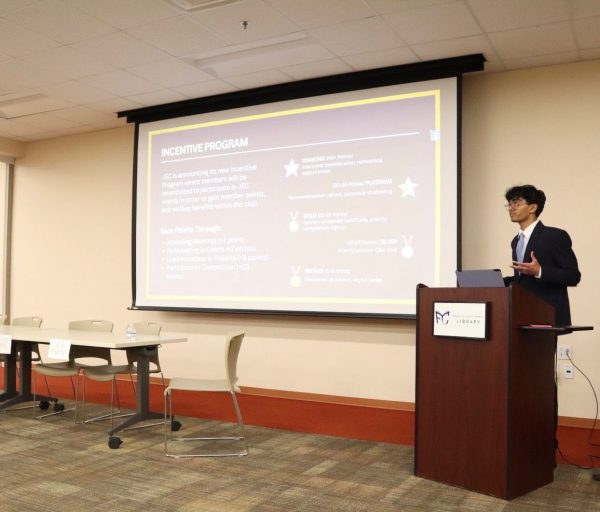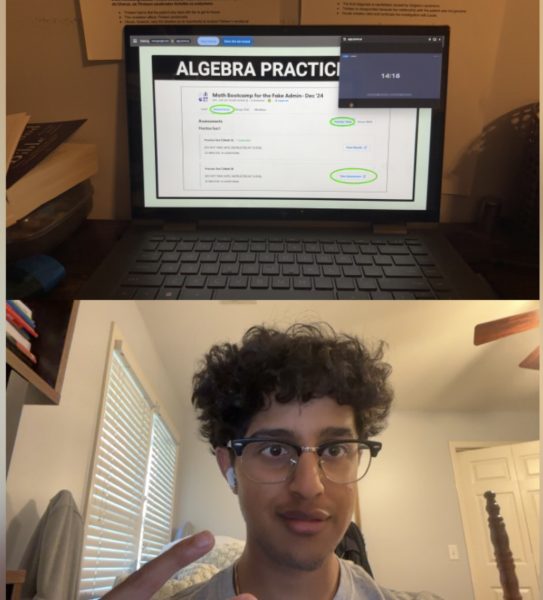OP-ED: 1,414

Contributor Evie Lawson has beliefs that she feels a need to share.
Ah, America. The only place where poverty level income exceeds twenty-thousand bucks, congress must grant your given rights to you, and response to killing is simply to fight fire with fire. In this backwards-upside down country, our moral compass easily contorts to the flow of the crowd, and you might find yourself wondering how in the world we got here. Let me be your travel guide for the moment. Well it’s 2015, yet our thoroughly developed country insists on executing guilty men and women in hopes of quenching its thirst for vengeance. This process is referred to as capital punishment or the “death sentence.”
Since the prehistoric era humans have been practicing the equal punishment process. King Hammurabi of Babylonia wrote “get even” laws around 1770 B.C.E. These laws identified that if a man knocks out the teeth of his equal, then he shall have his own teeth knocked out (Ushistory.com). Therefore, this Hammy guy is credited with “an eye for an eye” rulings. Now while these laws may have found success in ancient totalitarian kingdoms, the ideals of getting even are a shaky foundation to base a modern-day government on. For example, let’s say a meek old lady is robbed. According to these standards, instead of taking the case to court, she could just rob someone else and call it a day- hey, you get what you give, right? Now, let’s flash forward a few millennia to Massachusetts in 1692. The Salem Witch Trials, “from June through September of 1692, nineteen men and women, all having been convicted of witchcraft, were carted to Gallows Hill, a barren slope near Salem Village, for hanging,” (Linder). Now it’s safe to say that the execution of nineteen people in four months stands as a dark time in our nation’s history, but the Salem Witch Trials revealed that not only were we okay with these murders, we sought after them; we searched up and down for anyone that we could blame so that we could feel a bit safer in our own homes. We have deeply rooted ideas that the price of committing a wrongful act is to have a wrongful act placed upon yourself; two wrongs make a right! Just ask the orphaned daughter of a “witch” or the seeing-eye dog of a remorseful Babylonian man.
Not only does capital punishment make no sense, it reveals a deep need to cultivate compassion and forgiveness. Barbara Ascher writes, “I don’t believe that one is born compassionate. Compassion is not a character trait like a sunny disposition. It must be learned, and it… becomes so familiar that we begin to identify and empathize with it,” (48). A murderer, though a grotesque fiend, is still a person, and we must learn to be compassionate toward their human life trembling in our hands. What if they were your mom? Or brother? Or sister? Or dad? They are a person with feelings and struggles, just like you. Though their actions prove them unworthy of our grace, we must endow them in compassion. Keeping hateful tensions locked up manufactures an internal ticking-time bomb: “I imagine that one of the reasons people cling to their hates so stubbornly is because they sense, once hate is gone, that they will be forced to deal with pain,” (Baldwin 62). Holding on to grudges is unhealthy. This is a lesson we all learned back on the playgrounds: clinging onto hatred hurts more than it heals. So instead of sentencing deaths while deep in our grief, I encourage us, not to necessarily forgive the criminal, but to give ourselves the chance for forgiveness so that we may achieve relief.
Now as many people will mention, the criminal’s actions can and will not get let off the hook; we have laws, legal and moral, that we all must follow. However sentences such as life in prison, force the murderer to live with their actions. They are a murderer. Grief. Pain. Regret. Anger. Helplessness. All will echo in their head for as long as they live. Isn’t that more painful than dying instantly? Also places in the world have already abolished capital punishment. Denmark, for example, abolished capital punishment for all crimes in 1978. Their criminals are held in one of the four state prisons for the entirety of their sentence. Work is provided to them by the state in which they can earn small amounts of money (Kampmamm 115-117). By providing jobs and specialized prisons for these people, they can begin to work back into normal society. So instead of becoming another engraving on a tombstone, they can work to rejoin and work again in society. Who knows, maybe Denmark is going too soft on murderers. However, in the USA in 2013 there were 12,765 reported homicides (Criminal Justice Information Services Division). In Denmark there were twenty-five (OSAC).
Twenty-seven year old Daniel Lopez was killed with a lethal injection on August 12th, six years after he hit and killed a police officer. Mr. Lopez confessed, “I hope this execution helps my family and also the victim’s family,” (The Associated Press). Though he was a guilty criminal, his was a human life that could have been saved. Can we justify our grief, pain, and victimization by amplifying the death toll? Since 1976, 1,414 people have been executed in America (DPIC). That’s 1,414 families with an empty place setting at the Thanksgiving table. That’s 1,414 fathers, wives, and sisters explaining to their kids why “they” aren’t here. That’s 1,414 lives sniped short because we say it’s okay. We cannot stand to lose another 1,414 humans. We cannot stand for capital punishment.
Work Cited
Ascher, Barbara Lazear. “On Compassion.” 50 Essays: A Portable Anthology. Ed. Samuel Cohen. Boston, Bedford/St. Martin’s, 2004. 46-48. Print.
Baldwin, James. “Notes of a Native Son.” 50 Essays: A Portable Anthology. Ed. Samuel Cohen. Boston: Bedford/St. Martin’s, 2004. 50-70. Print.
Criminal Justice Information Services Division. “Crime in the United States 2013.” Federal Bureau of Investigation. U.S. Department of Justice, n.d. Web. 2 September 2015.
Death Penalty Information Center (DPIC). “Number of Executions by State and Region since 1976.” Death Penalty Information Center. 1 September 2015. Web. 6 September 2015.
Kampmann, Erik. “Prisons and Punishments in Denmark.” Journal of Criminal Law and Criminology 25.1 (1934): 115-117. Scholarly Commons. Web. 2 September 2015.
Linder, Douglas O. “An Account of Events in Salem.” Salem Witchcraft Trials 1692. University of Missouri-Kansas City (UMKC) School of Law, September 2009. Web. 2 September 2015.
OSAC. “Denmark 2013 Crime and Safety Report.” Overseas Security Advisory Council. Bureau of Diplomatic Security/U.S. Department of State, 7 March 2013. Web. 2 September 2015.
The Associated Press. “Man is Executed for Killing Officer.” The New York Times 12 August 2015: 1. Web. 27 August 2015.
Ushistory.com. “Hammurabi’s Code: An Eye for an Eye.” Ancient Civilizations Online Textbook. 2015. Web. 6 September 2015
Your donation will help support The Lambert Post, Lambert High Schools student-run newspaper! Your contribution will allow us to purchase equipment and cover website hosting costs.







